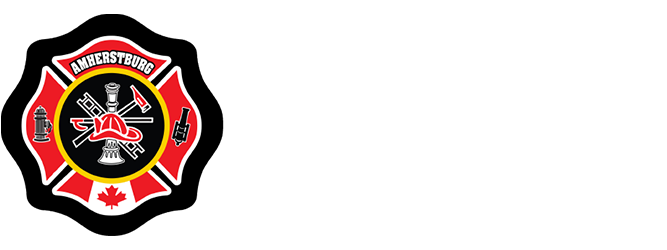Cottage Fire Safety
It’s an annual ritual performed by many Canadians each year – opening the cottage. This annual opening of the cottage signals the start of another summer of fun, rest and relaxation. It’s great to relax at the cottage, but our safety standards shouldn’t be relaxed. Minimize your risk from fire at the cottage by following these safety guidelines.
- In an emergency, please make sure emergency responders can find you – Seconds do count! Know where you are! Ensure that you and your guests know the exact location of your cottage. Post the address, access instructions and emergency phone numbers by the phone and inform everyone where it can be found.
- Confirm the local emergency numbers for police, fire and ambulance. Is 911 service available in the area?
- Most cottages are in more remote areas that may not provide cell phone coverage. Check your cell phone coverage at the cottage.
- When vacationing in an isolated area, keep in mind that help from emergency services may be some distance away. It’s vitally important that you eliminate your risk from fire and have a fire escape plan in place that everyone at the cottage is familiar with and has practiced. Refer to our Fire Escape Plan Guidelines to assist you in developing a fire escape plan for your cottage.
Opening the Cottage
- The Ontario Fire Code considers a cottage a residence and as such requires smoke alarms on every storey and outside all sleeping areas.
- Carbon monoxide alarms should be installed in all residences with fuel-burning appliances.
- Test all smoke alarms and carbon monoxide alarms. Replace batteries,every year. Ensure you have battery-powered back-up alarms to alert you during a hydro outage at your cottage.
- Inspect hydro lines servicing your cottage for tree or storm damage and report any damage to the local utility for repair.
- Inspect indoor and outdoor wiring for damage by mice or other rodents. Have an electrician repair any damage found.
- Have propane-powered appliances like stoves, refrigerators and heaters inspected and repaired, if necessary, by a qualified technician. Install a propane leak alarm at floor level, no more than 6 inches above the floor or lowest level to alert you in the event of a propane leak. Propane is heavier than air and propane vapours tend to pool in low spots.
- Install a fully charged multi-purpose or ABC fire extinguisher in a visible, easily accessible location near an exit where escape is also an option.
- Clean up and remove any rubbish, fallen leaves, branches and dried brush surrounding the cottage. Maintain an open area around the cottage to create a firebreak. Gravel, stone or brick pathways make a good firebreak. Green, actively growing grasses, ground covers and flowers are more fire-resistant.
- Check exhaust vents and flues for all fuel-burning appliances to ensure they are free of obstructions or debris.
- Have your chimney and fireplace cleaned and inspected yearly for creosote build-up, cracks, crumbling bricks or mortar and any obstructions. This is best done by a professional chimney sweep.
- If you burn wood in a stove or fireplace, keep your chimney clean and use a screened chimney cap to catch sparks and embers.
- Store all flammable liquids in approved containers OUTSIDE the cottage. Never store gasoline, propane cylinders or other highly flammable liquids inside or adjacent to the cottage.
- Keep highly flammable fibreglass boats and canoes away from the building.
- Establish safe campfire rules to be followed at the cottage.
Contact Us
Station #1
271 Sandwich St. S.
Amherstburg, ON N9V 2A5
519-736-6500
Station #2
3400 Middle Side Rd
Amherstburg, ON N9V 2Y9
519-736-5733
Station #3
6744 Concession 6 South
Amherstburg, ON N0R 1G0
519-736-6500
